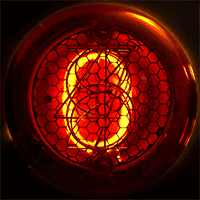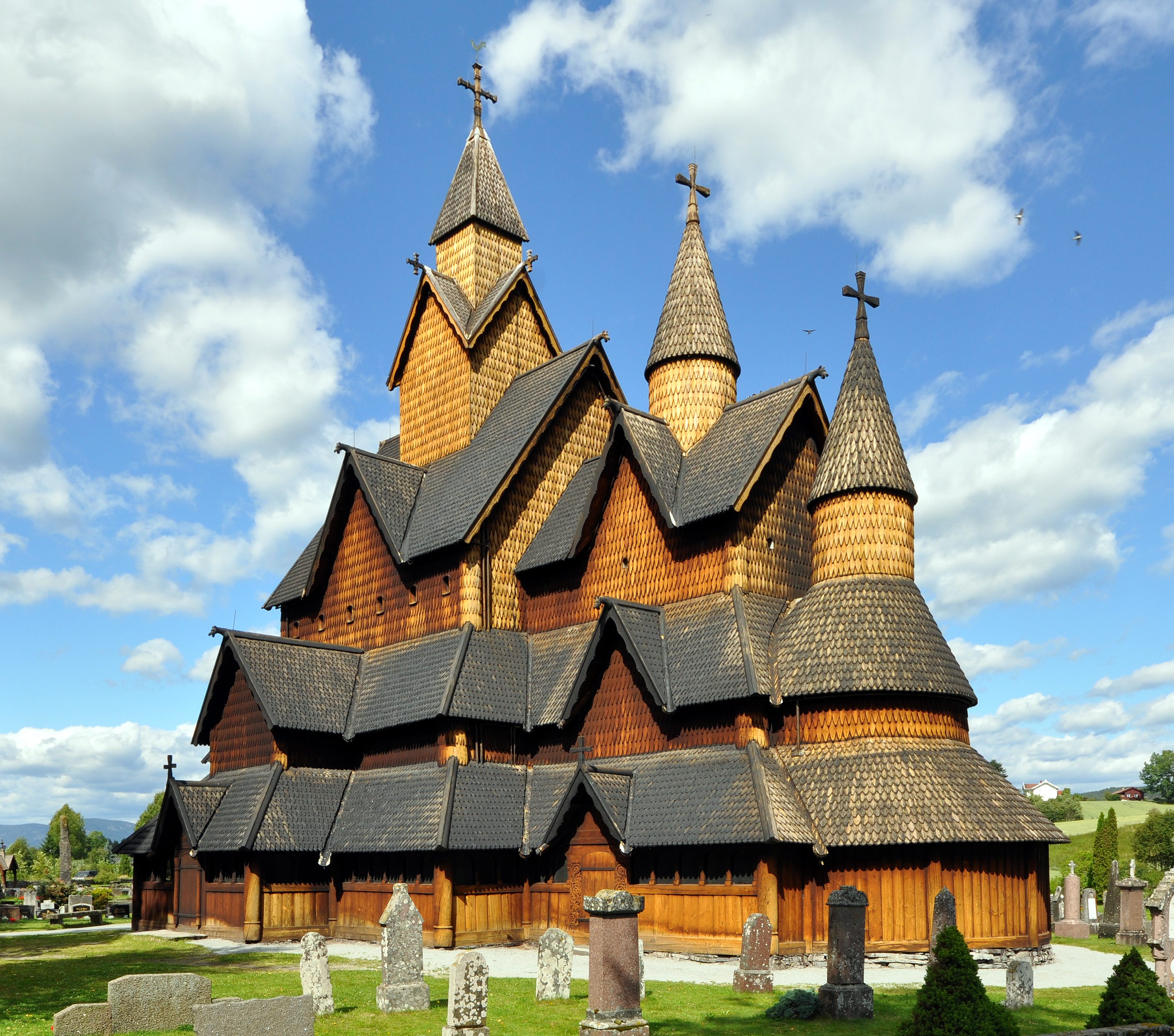|
Fossegrim
Fossegrim, also known simply as the grim ( Norwegian) or Strömkarlen ( Swedish), is a water spirit or troll in Scandinavian folklore. Fossegrim plays the fiddle, especially the Hardanger fiddle. Fossegrim has been associated with a mill spirit (''kvernknurr'') and is related to the water spirit ('' nokken'') and is sometimes also called ''näcken'' in Sweden. It is associated with river streams (Swedish name "Strömkarlen" means "The water stream Man") and particularly with cascading streams (''foss'' in Norwegian) and mill races. Benjamin Thorpe, ''Northern Mythology: comprising the principal popular traditions and superstitions of Scandinavia, north Germany, and the Netherlands'', 3 vols. London: Lumley, 1851–52, , Volume 2 ''Scandinavian Popular Traditions and Superstitions''p. 23 Eugen Mogk, ''Mythologie'', Grundriß der germanischen Philologie 1, Strasbourg: Trübner, 1891, p. 1028 equated them, but Reimund Kvideland and Henning Sehmsdorf, ''Scandinavian F ... [...More Info...] [...Related Items...] OR: [Wikipedia] [Google] [Baidu] |
Nixie (folklore)
The Nixie, Nixy, Nix, Näcken, Nicor, Nøkk, or Nøkken (; , ; ; Norwegian ; ; ; ; ; ; ; ; or ) are humanoid, and often shapeshifting water spirits in Germanic mythology and folklore. Under a variety of names, they are common to the stories of all Germanic peoples,The article ''Näcken''tome 20, p. 317 in (1914) although they are perhaps best known from Scandinavian folklore. The related English ''knucker'' was generally depicted as a worm or dragon, although more recent versions depict the spirits in other forms. Their sex, bynames, and various transformations vary geographically. The German and his Scandinavian counterparts were male. The German was a female river mermaid. Similar creatures are known from other parts of Europe, such as the Melusine in France, the Xana in Asturias (Spain), and the Slavic water spirits (e.g., the Rusalka) in Slavic countries. Names and etymology The names are held to derive from Common Germanic or , derived from PIE ("to wash"). The ... [...More Info...] [...Related Items...] OR: [Wikipedia] [Google] [Baidu] |
Röki
''Röki'' is an adventure video game developed by British studio Polygon Treehouse and published by United Label Games. It follows Tove, a young girl, traveling into the ancient wilderness to rescue her younger brother Lars from Röki, a pitch-black monster from the pages of a fairy tale. Gameplay In ''Röki'', the player takes the role of Tove, a young girl journeying into the wilderness to find her brother Lars. Designed to be "a game of brains not brawn", it follows the course of her adventure as she encounters folklore creatures and solves puzzles to unlock paths deeper into the forest. The gameplay is a modern take on the point and click genre, with players collecting items in a backpack to then be used in the game world to solve puzzles. Players can also collect items in a sort of catalogue, which are scattered about the game's setting and can be viewed in Tove's Journal. The Journal also includes a map of each visit-able location and information about it and the character ... [...More Info...] [...Related Items...] OR: [Wikipedia] [Google] [Baidu] |
Ole Bull
Ole Bornemann Bull (; 5 February 181017 August 1880) was a Norwegian virtuoso violinist and composer. According to Robert Schumann, he was on a level with Niccolò Paganini for the speed and clarity of his playing. Biography Background Bull was born in Bergen, Norway. He was the eldest of ten children of Johan Storm Bull (1787–1838) and Anna Dorothea Borse Geelmuyden (1789–1875). His brother, Georg Andreas Bull became a noted Norwegian architect. He was also the uncle of Edvard Hagerup Bull, Norwegian judge and politician. His father wished for him to become a minister, but he desired a musical career. At the age of four or five, he could play all of the songs he had heard his mother play on the violin. At age nine, he played first violin in the orchestra of Bergen's theatre and was a soloist with the Bergen Philharmonic Orchestra. At eighteen, he was sent to the University of Oslo, University of Christiania, but failed his examinations. He joined the Musical Lyceum, a music ... [...More Info...] [...Related Items...] OR: [Wikipedia] [Google] [Baidu] |
Germanic Mythology
Germanic mythology consists of the body of myths native to the Germanic peoples, including Norse mythology, Anglo-Saxon paganism#Mythology, Anglo-Saxon mythology, and Continental Germanic mythology. It was a key element of Germanic paganism. Origins As the Germanic languages developed from Proto-Indo-European language, Germanic mythology is ultimately a development of Proto-Indo-European mythology. Archaeological remains, such as petroglyphs in Scandinavia, suggest continuity in Germanic mythology since at least the Nordic Bronze Age. Sources The earliest written sources on Germanic mythology include literature by Ancient Rome, Roman writers. This includes ''Commentaries on the Gallic War'' by Julius Caesar, ''Geographica'' by Strabo, and ''Germania (book), Germania'' by Tacitus. Later Latin-language sources on Germanic mythology include ''Getica'' by Jordanes, ''History of the Lombards'' by Paul the Deacon, ''Ecclesiastical History of the English People'' by Bede, ''Vita Ansga ... [...More Info...] [...Related Items...] OR: [Wikipedia] [Google] [Baidu] |
Nixies (folklore)
A Nixie tube ( ), or cold cathode display, is an electronic device used for displaying numerals or other information using glow discharge. The glass tube contains a wire-mesh anode and multiple cathodes, shaped like numerals or other symbols. Applying power to one cathode surrounds it with an orange glow discharge. The tube is filled with a gas at low pressure, usually mostly neon and a small amount of argon, in a Penning mixture. In later nixies, in order to extend the usable life of the device, a tiny amount of mercury was added to reduce cathode poisoning and sputtering. Although it resembles a vacuum tube in appearance, its operation does not depend on thermionic emission of electrons from a hot cathode. It is hence a cold cathode tube (a form of gas-filled tube), and is a variant of the neon lamp. Such tubes rarely exceed even under the most severe of operating conditions in a room at ambient temperature. Vacuum fluorescent displays from the same era use completely diffe ... [...More Info...] [...Related Items...] OR: [Wikipedia] [Google] [Baidu] |
Swedish Folklore
Nordic folklore is the folklore of Denmark, Norway, Sweden, Iceland and the Faroe Islands. It has common roots with, and has been under mutual influence with, folklore in England, Germany, the Low Countries, the Baltic countries, Finland and Sápmi. Folklore is a concept encompassing expressive traditions of a particular culture or group. The peoples of Scandinavia are heterogenous, as are the oral genres and material culture that has been common in their lands. However, there are some commonalities across Scandinavian folkloric traditions, among them a common ground in elements from Norse mythology as well as Christian conceptions of the world. Among the many tales common in Scandinavian oral traditions, some have become known beyond Scandinavian borders – examples include The Three Billy Goats Gruff and The Giant Who Had No Heart in His Body. Legends * Tróndur was a powerful Viking chieftain who lived in the Faroe Islands during the 9th century. According to legend, Tr� ... [...More Info...] [...Related Items...] OR: [Wikipedia] [Google] [Baidu] |
Norwegian Folklore
Nordic folklore is the folklore of Denmark, Norway, Sweden, Iceland and the Faroe Islands. It has common roots with, and has been under mutual influence with, folklore in English folklore, England, German folklore, Germany, the Folklore of the Low Countries, Low Countries, the Baltic countries, Finland and Sápmi. Folklore is a concept encompassing expressive traditions of a particular culture or group. The peoples of Scandinavia are heterogenous, as are the oral genres and material culture that has been common in their lands. However, there are some commonalities across Scandinavian folkloric traditions, among them a common ground in elements from Norse mythology as well as Christian conceptions of the world. Among the many tales common in Scandinavian oral traditions, some have become known beyond Scandinavian borders – examples include Three Billy Goats Gruff, The Three Billy Goats Gruff and The Giant Who Had No Heart in His Body. Legends * Tróndur í Gøtu, Tróndur was ... [...More Info...] [...Related Items...] OR: [Wikipedia] [Google] [Baidu] |
European Legendary Creatures
European, or Europeans, may refer to: In general * ''European'', an adjective referring to something of, from, or related to Europe ** Ethnic groups in Europe ** Demographics of Europe ** European cuisine, the cuisines of Europe and other Western countries * ''European'', an adjective referring to something of, from, or related to the European Union ** European Union citizenship ** Demographics of the European Union In publishing * ''The European'' (1953 magazine), a far-right cultural and political magazine published 1953–1959 * ''The European'' (newspaper), a British weekly newspaper published 1990–1998 * ''The European'' (2009 magazine), a German magazine first published in September 2009 *''The European Magazine'', a magazine published in London 1782–1826 *''The New European'', a British weekly pop-up newspaper first published in July 2016 Other uses * * Europeans (band), a British post-punk group, from Bristol See also * * * Europe (other) * The Europ ... [...More Info...] [...Related Items...] OR: [Wikipedia] [Google] [Baidu] |
The Mountain King
{{disambiguation ...
Mountain King may refer to: * "In the Hall of the Mountain King", a musical composition by Edvard Grieg * "The Mountain King" (''Mad Men''), 2008 * ''Mountain King'' (video game), 1983 * Mountain King Studios, a video game developer * King asleep in mountain, a character archetype in folklore and mythology See also * King of the Mountains The King of the Mountains (KoM) is an award given to the best climbing specialist in a men's cycling road race; in women's cycle racing, Queen of the Mountains (QoM) is used. While the title may be given to the rider who achieves the highest ... [...More Info...] [...Related Items...] OR: [Wikipedia] [Google] [Baidu] |
A Northern Hymn
A, or a, is the first letter and the first vowel letter of the Latin alphabet, used in the modern English alphabet, and others worldwide. Its name in English is '' a'' (pronounced ), plural ''aes''. It is similar in shape to the Ancient Greek letter alpha, from which it derives. The uppercase version consists of the two slanting sides of a triangle, crossed in the middle by a horizontal bar. The lowercase version is often written in one of two forms: the double-storey and single-storey . The latter is commonly used in handwriting and fonts based on it, especially fonts intended to be read by children, and is also found in italic type. In English, '' a'' is the indefinite article, with the alternative form ''an''. Name In English, the name of the letter is the ''long A'' sound, pronounced . Its name in most other languages matches the letter's pronunciation in open syllables. History The earliest known ancestor of A is ''aleph''—the first letter of the Phoenician ... [...More Info...] [...Related Items...] OR: [Wikipedia] [Google] [Baidu] |



